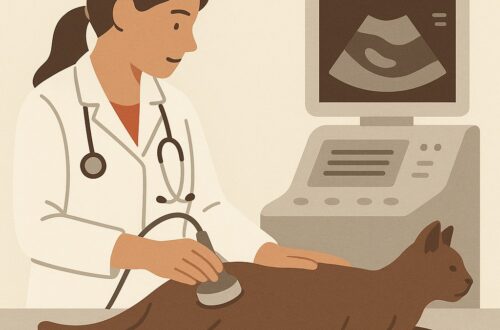Our canine friends can become infected with a wide variety of infectious agents. We explored many of them, including parvovirus and leptospirosis, in previous posts. This week I share information about another one – salmon poisoning disease. Happy reading!

Salmon poisoning disease – What is it?
Salmon poisoning is caused by a rickettsial bacterial organism called Neorickettsia helminthoeca. A trematode called Nanophyetus salmincola harbors N. helminthoeca throughout all of its life stages (i.e.: from egg to adult). Three different hosts – snails, fish, and mammals or birds – are required for N. salmincola to complete its very complicated life cycle.
Eggs of N. salmincola are passed in dog feces. The eggs subsequently hatch and release a larval stage called miracidia that infects snails that live in brackish water in the northwestern United States. The N. salmincola miracidia mature in snails and ultimately leave as free-swimming cercariae (another larval form). The cercariae then infect fish species, particularly salmonid species, where they further mature into metacercariae. Dogs become infected by eating raw or inadequately cooked fish containing the metacercariae. In the dog, the metacercariae grow to their adult form over 5-6 days.

What does it look like?
Thankfully, salmon poisoning disease is rare. Sporting breeds – especially Labrador Retrievers – are over-represented in the northwestern United States and British Columbia, Canada. Common clinical signs are:
- Reduced (or loss of) appetite
- Weakness
- Vomiting
- Diarrhea (often bloody)
- Weight loss
Physical examination abnormalities often include abnormal breathing, abdominal discomfort, body temperature changes, nasal discharge, eye discharge, enlarged peripheral lymph nodes, and a variety of neurological changes (including seizures).

How is salmon poisoning disease diagnosed?
After reviewing a dog’s complete medical history and performing a thorough physical examination, veterinarians will need to perform some non-invasive tests, potentially including:
- Complete blood count
- Biochemical profile
- Urinalysis
- Fecal examination
- Lymph node cytology
- Polymerase chain reaction (PCR) assay
- Biopsy
Pet owners may find it helpful to partner with a board-certified veterinary internal medicine specialist to develop a logical diagnostic plan.

How is it treated?
Most infected dogs require temporary hospitalization for appropriate supportive care, including intravenous fluid therapy. Affected pets should be treated for both N. helmintheoca and N. salmincola. The former is treated with an antibiotic, typically doxycycline. The latter is commonly treated with an anthelmintic drug called praziquantel. The prognosis with treatment is quite good with an overall mortality of 14%. However, without treatment, salmon poisoning disease is often fatal.

The take-away message about salmon poisoning disease in dogs…
Salmon poisoning disease caused by N. helmintheoca is an infectious disease of dogs in the Pacific Northwest of the United States. Dogs become infected by eating raw or under-cooked salmon. Although often fatal without treatment, prognosis is good with timely appropriate intervention.
To find a board-certified veterinary internal medicine specialist, please visit the American College of Veterinary Internal Medicine.
Wishing you wet-nosed kisses,
CriticalCareDVM




